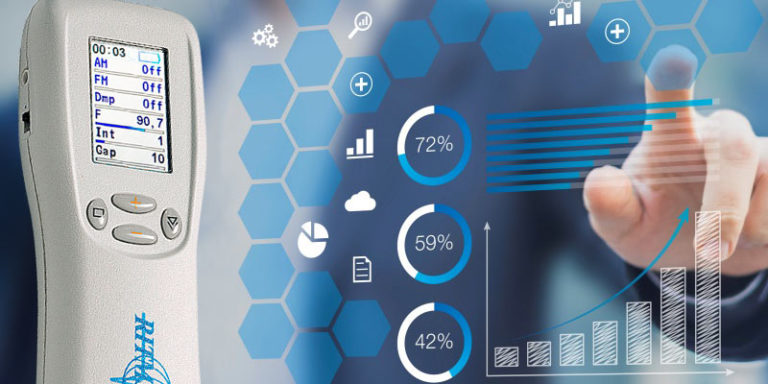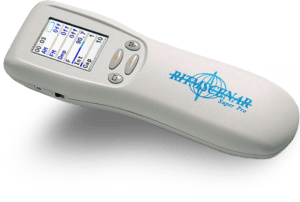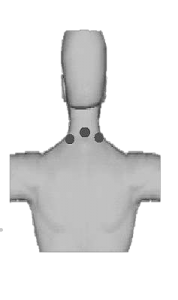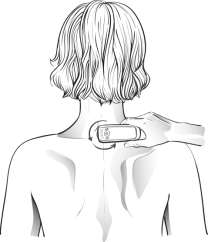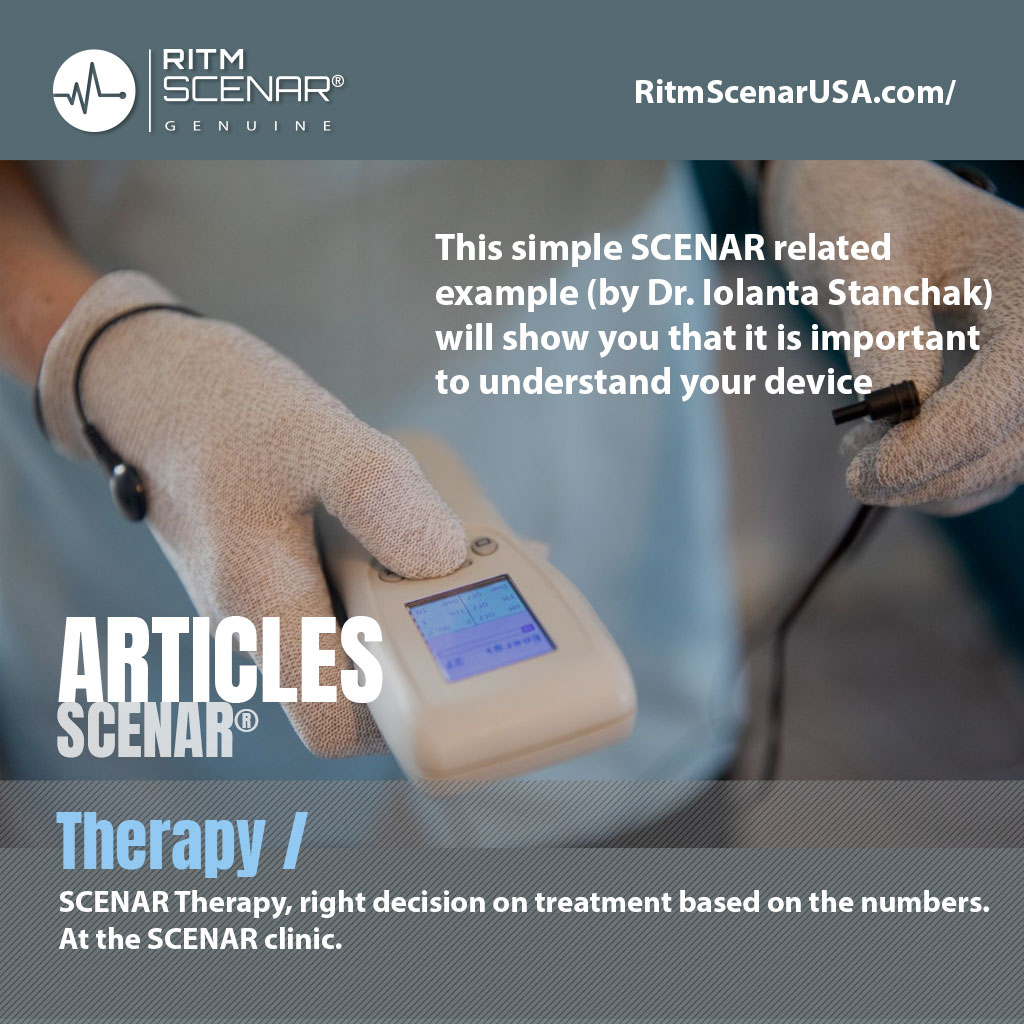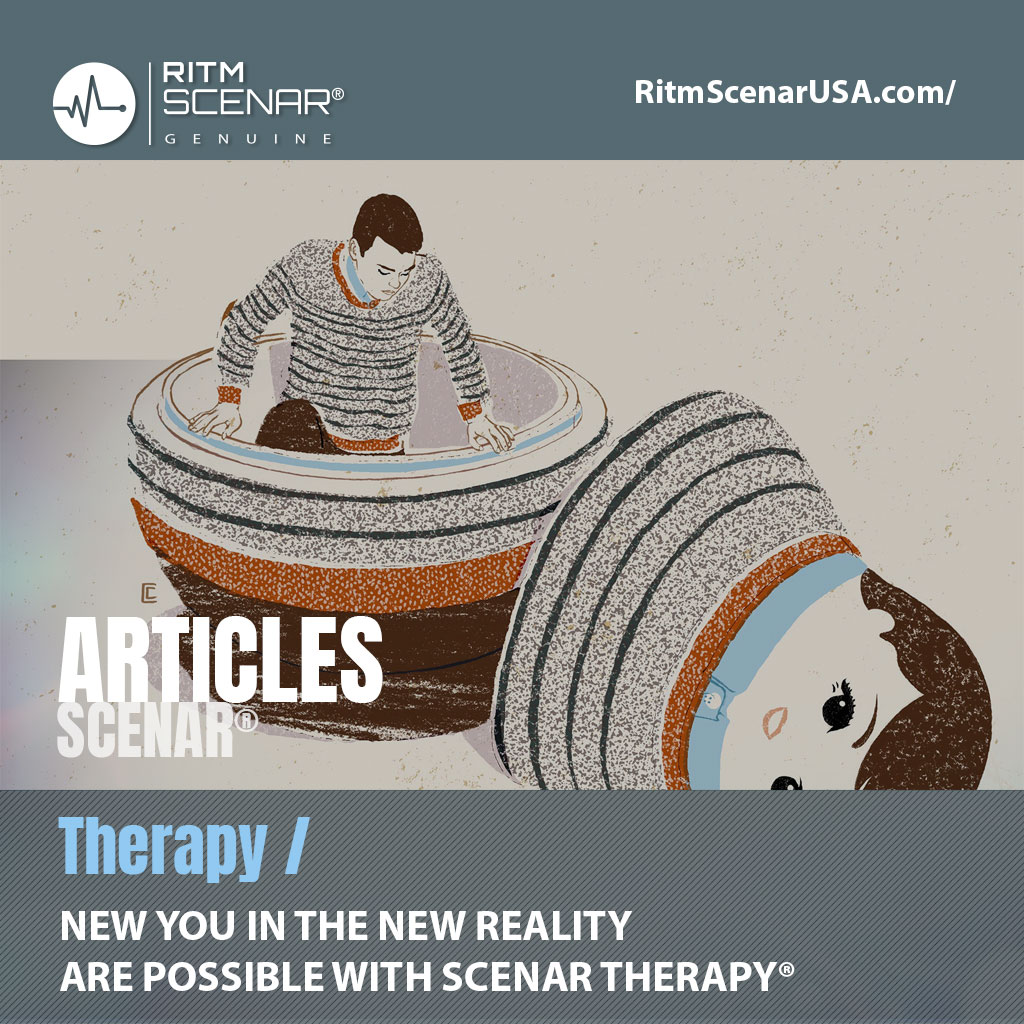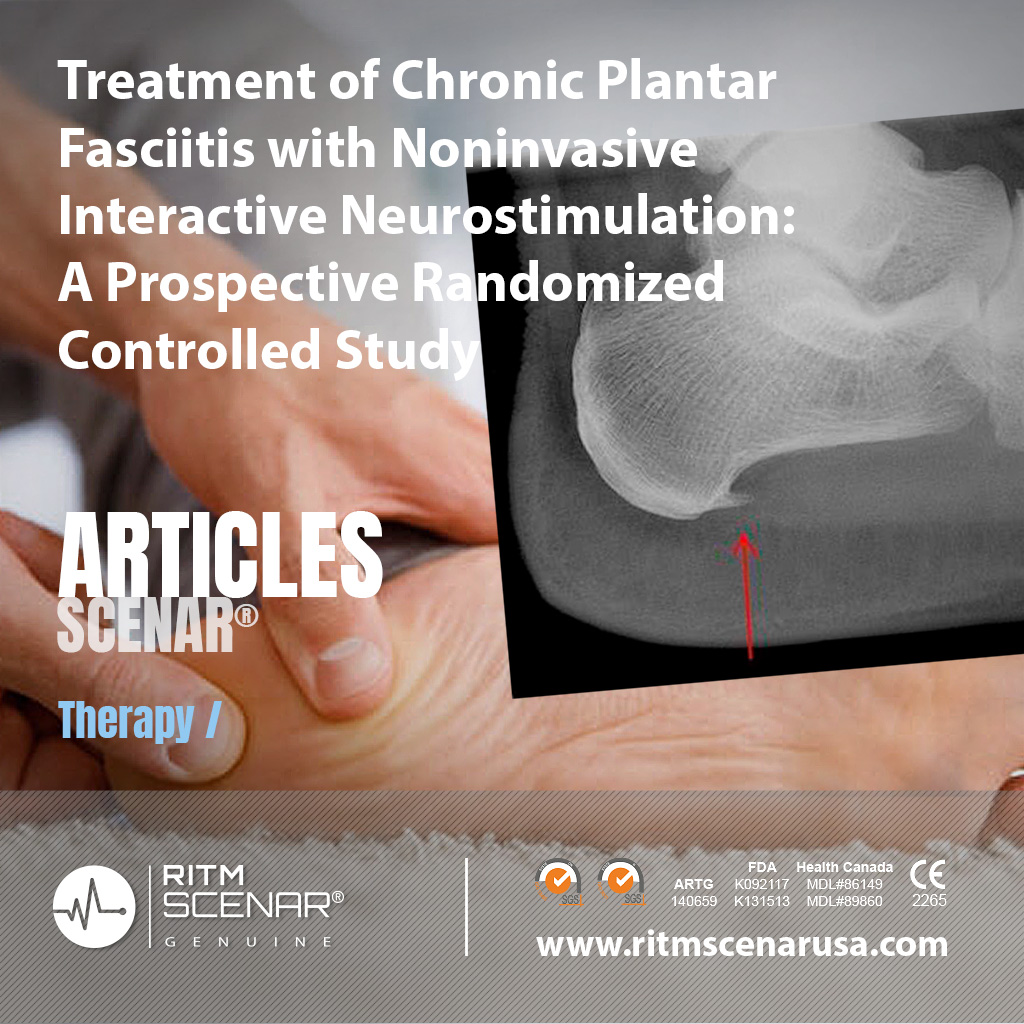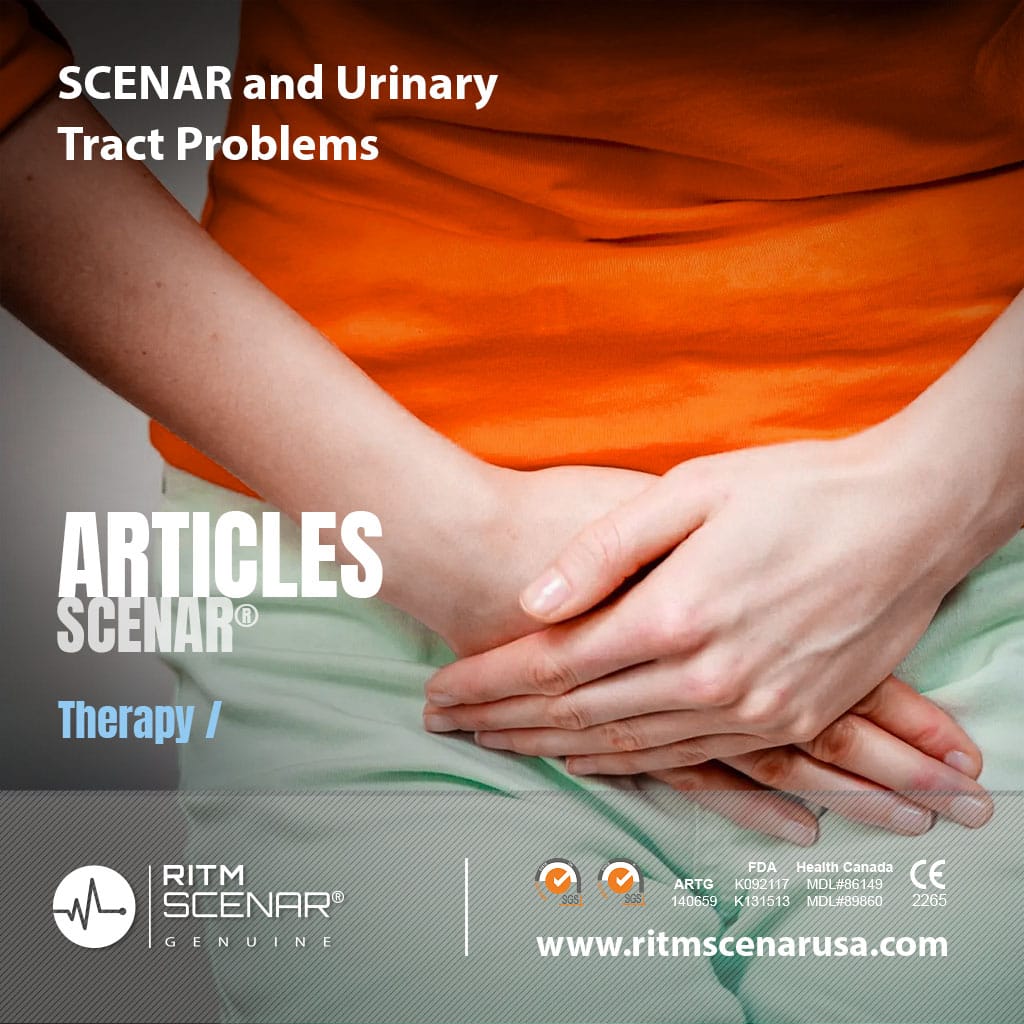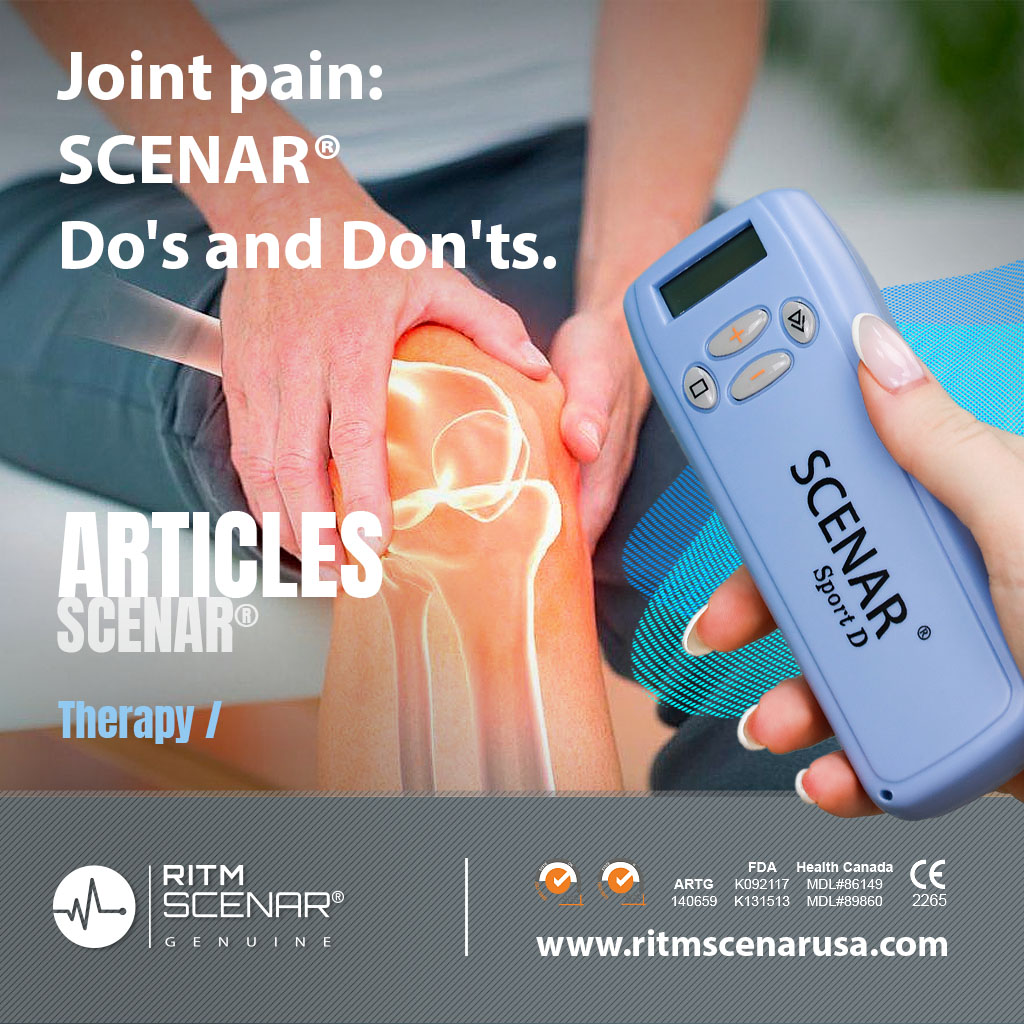The decrease in the level of efficiency of the employees/workers in the course of their work activity most often happens due to their transition from a normal working state to a state of fatigue or monotony. In this regard, managers should seriously think about creating methods to improve efficiency in the workplace. It is clear that such methods must meet a number of requirements: they should not distract from the main activity, be compact and easy to use, do not require large energy costs and do not interfere with the work of office equipment.
It has been proven that a decrease in a human performance is directly related to the deterioration of his/her psycho-physiological state. Therefore, the correction of the psycho-physiological state of employees is aimed at maintaining professional health and high performance. To correct the psycho-physiological disorders, it is possible to use the new non-invasive system methods and devices available both during work and for the subsequent rehabilitation.
Recently, the creation, development, improvement and possible use of the interactive neuroadaptive electrostimulators has been actively worked on.
Following are the main characteristics of the interactive neuroadaptive electrostimulators that determine their unique corrective capabilities and distinguish them from all currently known physio-therapy devices:
- successfully chosen form of an electrical signal resembling a natural neuro impulse;
- high amplitude (but not damaging) effects that can excite, without damaging, all types of nerve fibers of the human body;
- absence (or substantial reduction) of the adaptation. Due to the presence of biofeedback, each subsequent pulse is different from the previous one;
- neutralization of the possible effect of accommodation (high steepness of the front of the signal).
The electrostimulators of this type activate both the local reflex mechanisms and the general response of the body to the influence of an external factor. The local effect of such an exposure is the activation of the blood microcirculation processes and the improvement of tissue trophism not only in the zone of the local exposure, but also in the internal organs, reflex-related to this area of the skin.
From our point of view, SCENAR (RITMSCENAR™) devices (self-controlling energy-neuroadaptive regulators) seem to be the most promising. The general view of the device is shown in Fig.1. SCENAR devices form the current pulses of a special shape and high amplitude. The frequency can be set between 15 and 350 Hz.
|
|
Fig.1. The general view of SCENAR devices.
In the course of treatment, the impulses change their initial shape depending on the changes in the electrical characteristics of the skin area at the spot of the device application. Thus, SCENAR devices differ from known devices of a similar purpose by high amplitude (powerful) and at the same time non-damaging (short) effects and a significant signal variability during the treatment (parameters of each subsequent pulse differ from the previous ones).
The variability of the shape of the pulse is determined by the dynamics of the skin impedance. One of the electro-physiological parameters by which one can assess the state of the functions of organs and systems is the skin resistance or conductivity. In particular, this approach is effectively used in various methods of the electro-puncture diagnostics. The changes in the impulse through the changes in the electrical characteristics of the skin at the spot of treatment are associated with the internal processes occurring in the body. The higher the dynamics of the skin impedance at the spot of treatment, the more variable the impulse generated by the device.
The variability of the shape of the pulse is considered one of the important factors determining the clinical efficacy of SCENAR devices.
There are results of an experiment to assess the nature and extent of the changes in the working capacity of an employee after treating him/her with SCENAR device under the development of fatigue and monotony as a result of many hours of work.
The experiment was as follows: the test group performed many hours of work, during which each of the participants began to develop the fatigue due to a monotone labor. The work consisted of 4 sessions lasting 1 hour each. A 10-minute break was given between the sessions, during which the psycho-physiological state of the subject was corrected. The total duration of the experiment was 4.5 hours.
So, after one hour of work, when the participant began to develop fatigue, the experimenter announced a break for 10 minutes and corrected the psycho-physiological state by applying SCENAR device in the respective zones presented in the figure 2 [1].
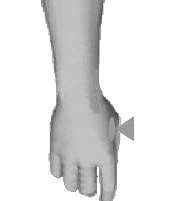 |
|
|
Fig.2 Zones of application of SCENAR device.
Omitting the mathematics, formulas and graphs of the experiment, we provide here only its main conclusion: the level of the efficiency increased significantly after treating with SCENAR, and the level of heart rate gradually decreased and came to normal values, which indicates a decrease in the participant’s psycho-physiological efforts and no signs of the pronounced fatigue.
Thus, it was proven that at a subjective level (state of health, activity, mood) SCENAR electrostimulator has a positive effect. And it works for both mental and physical labor exhaustion. Therefore, it is suitable for the office employees as well as other types of working environment, for the students, and for the athletes.
Here are some practical recommendations on how to treat yourself with SCENAR device or have your therapist provide treatment for energy, rejuvenation, and balance.
1) Treating the Collar Zone with Spaced Electrodes For Relaxation. SCENAR Self-Treatment With Remote Electrodes Pawns (by Boris Kulizhsky, Natalia Loyko).
The position of the patient – sitting at the table with the elbows on the table. Knowledge of the muscle anatomy and nerve plexuses is required. It is necessary to achieve the motor reactions of the muscles.
Use external “Pawns” electrode
Device settings: Е-10, F=20Hz, Int=3, Gap=18.
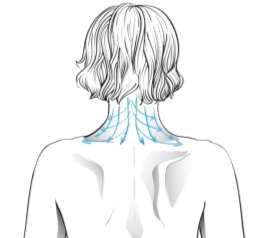
|

|
|
2) General Energizing and Rebalancing Effect with SCENAR (self-treatment).
Hold the Paravertebral Electrodes (‘Pawns’) in both hands, then place them under the soles of both feet for a few minutes and feel energized, rejuvenated, and balanced.
Device settings: SCENAR Pro Plus
E – comfortable, D-0, Int-2+, Gap – 80+ VAR or Sw 4
Time – 5-10 min.
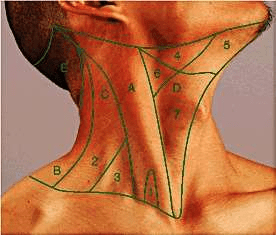 |
 |
3) “Informational Cleansing of the Spine” (by Yuri Gorfinkel, modified)
Indications: fatigue, stress, autonomic disorders, general malaise.
Device settings: F=120 Hz, Int = 5 – 8.
Place the device in the suboccipital fossa on the mid-vertebral line with the electrode vertically, move SCENAR along the axis of the body. Pressing the device firmly against the skin, slowly slide along the spine from top to bottom till the tailbone.
Stay longer on the spots of “stickiness”.
Try to keep the electrode firmly on the skin, without any separations.
The device should move evenly down “under its weight”.
Press the electrode of the device to the patient’s skin and do not rush to force the completion of the procedure.
The procedure takes at least 15 – 20 minutes.
References:
- E.N. Gorodetskaya, I. G. Gorodetsky, E.A. Trofimov Monitoring and correction of cognitive health of human operator e.n.- Moscow, MATI. 2016.
